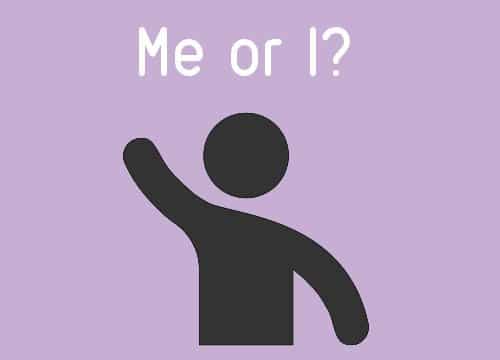How often have you heard this phrase: “it is me”. Many times even by (incluso por) native English speakers.
The “it is me” is wrong.
Let´s examine the basics. A sentence structure is normally: subject, verb, direct object, indirect object. Those are the simple rules. It is not necessary to be a rocket scientist (no hay que ser un genio).
An example: “Mr Trump gave a book to me”. Let´s analyze the sentence. Mr. Trump = subject. Gave = the verb. Book = direct object. Me = indirect object. Simple, yes? Of course!
So, when someone says “who is it” the correct answer is “I” or “It is I” (or use your name). The grammar rule is that the verb “to be” has no object. The verb describes a subject of the sentence. An example:
- Mrs. Merkel is wise.
So “it is I” is saying something about the subject, that is, “I”.
In Spanish would you say “me” o “es me”? No! The rule in Spanish is the same: the verb “to be” takes the nominative (nominativo).
So, why do many English people make such a bad mistake? Unthinking minds (mentes irreflexivas) and inadequate English language teachers abound (abundan) in the state education system.
So, “I” or “it is I” is correct.











